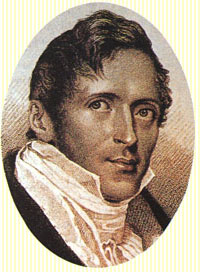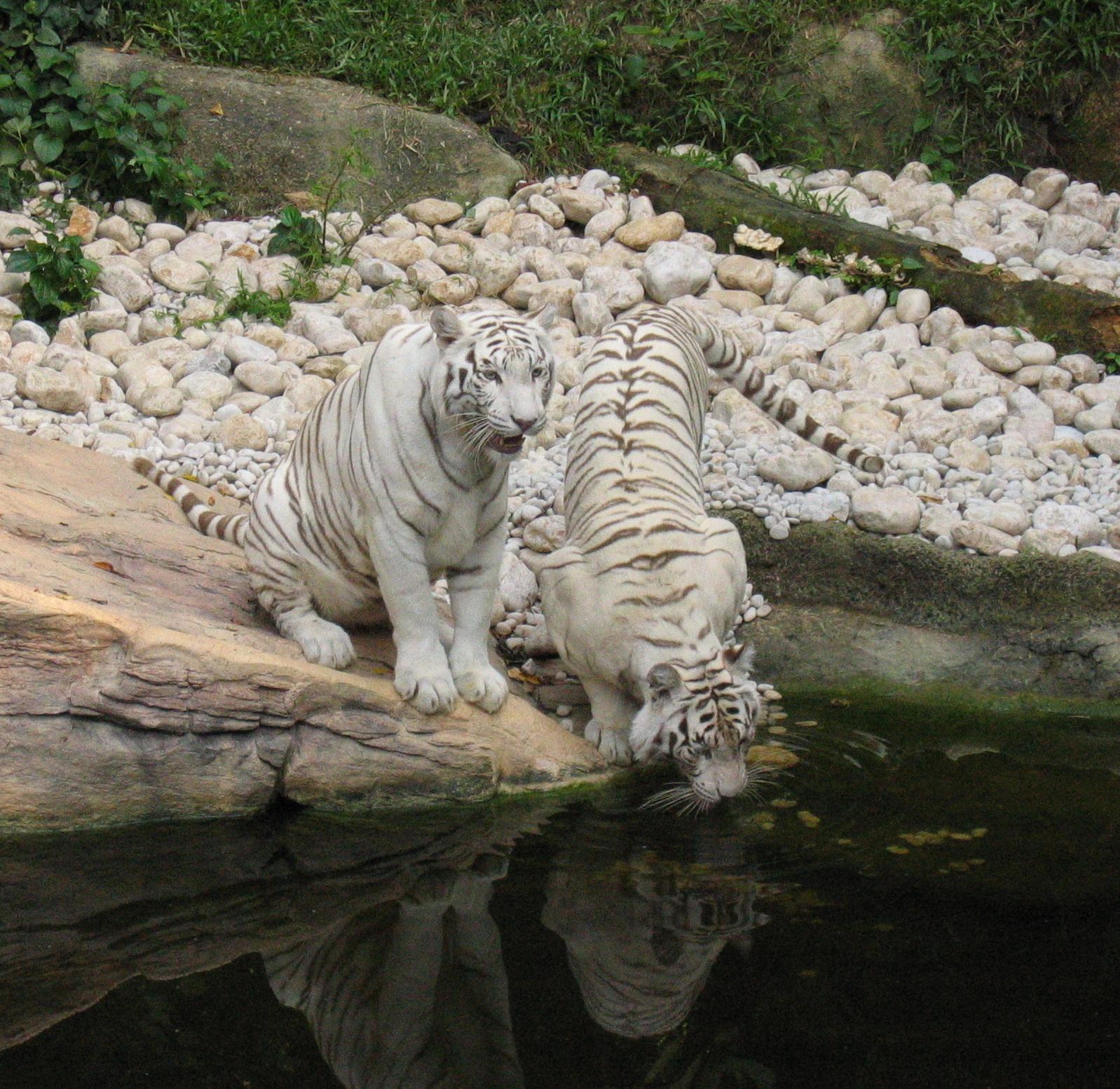
Total Defence about the different things that we can do everyday in every sector of our society to strengthen our resilience as a nation. When we take National Service seriously, participate in civil emergency exercises, upgrade our skills, build strong bonds with different races and religions, and feel the pride of being Singaporean, we contribute to Total Defence.
Introduced in 1984, the concept of Total Defence (TD) was adapted from the experiences of countries like Switzerland and Sweden. As a young nation with a small population and a conscript armed forces, we needed to draw on the different strengths and abilities of our community to augment our defence capability. Conflicts between countries are no longer just military in nature. Potasetential aggressors and threats can appear in less obvious and non-conventional ways (e.g., destroying social cohesion by exploiting differences in race, language, religion, culture, social or economic class; weakening national resilience by using psychological warfare to play on the people’s fears and apprehensions; or waging economic warfare through economic boycotts, trade sanctions or acts of sabotage to bring down the economy). Total Defence provides the framework for a comprehensive and integrated response to deal with all kinds of threats and challenges. Whether it is a security threat such as global terrorism, or a national crisis like SARS, Total Defence brings together all relevant government agencies, private sector organisations and all Singaporeans in a coordinated effort to deal effectively with these threats and challenges. When Singaporeans take personal responsibility for and get involved in the defence of Singapore, they are playing their part to help keep Singapore safe and secure.
Total Defence has five aspects - Military Defence, Civil Defence, Economic Defence, Social Defence and Psychological Defence. These five aspects represent the key sectors of society. They also help Singaporeans understand how they can be involved. When we take National Service seriously, volunteer in civil defence exercises, help build a strong economy, strengthen community ties with one another regardless of race and religion, and stay committed to defend the country, we are doing something in every sector of our society to strengthen Singapore's resilience as a nation.
MILTARY DEFENCE
The Singapore Armed Forces (SAF) is a strong defence force that is able to deter anyone from thinking of attacking the country. The SAF draws its strength from the support of every Singaporean – national servicemen, families, friends, colleagues and employers.
National Service is the only workable option to ensure our security. When National Servicemen (NSmen) and full-time NSmen (NSFs) take their training seriously, they help keep the SAF strong and operationally ready. Our operational readiness is also maintained by ensuring that all equipment is in good working order all the time, and keeping up with the latest advancements in technology to meet new challenges in the battle.The SAF has widened its capabilities to deal with non-conventional threats such as terrorist bombings, hijackings, and chemical, biological and radiological attacks. The Ministry of Defence (MINDEF) and the SAF will continue to work with other security agencies to deal with such threats.
CIVIL DEFENCE
The Singapore Civil Defence Force (SCDF) recruits and trains civil defence volunteers in first aid, rescue and evacuation procedures, and shelter management. The SCDF also conducts talks and exercises to familiarise the public with basic first aid, the nearest bomb shelters and emergency arrangements like relief supply of critical items such as blood, water and food. Participating in such exercises helps us to be prepared. When we know what to do, we can help to save lives and property, and ensure that life goes on as normally as possible in times of crisis.Alert at all times The threat of global terrorism will be around for some time. Much has already been done to ensure that Singapore is well protected against terrorist attacks, but security personnel cannot be everywhere. Singaporeans can help by looking out for, and reporting, anything suspicious.
ECONOMIC DEFENCE
“Working and saving to achieve a better life for everyone”Staying relevant and competitive through rapid change and developmentWhen we upgrade our skills and knowledge, it helps us to stay relevant and employable in this rapidly changing world. Our ability to embrace lifelong learning and re-training is vital to keeping our economy competitive.Putting in place robust economic systems that can continue to function in times of crisisWhen the foundation of our economy is strong, our economy will not break down so easily in times of war or crisis. Sound policies and practices help us withstand external shocks. Putting in place measures to keep businesses running and maintaining stockpiles of essential items also help to keep our economy going.Making Singapore livable for future generations By saving electricity and water, and by adopting environment-friendly practices as a way of daily life, we are helping to conserve energy and to protect our environment. As a result, Singapore will continue to be livable for future generations.
SOCIAL DEFENCE
“Living in harmony, looking out for one another”Singaporeans of all races and religions living and working together in harmony Maintaining racial and religious harmony is critical to ensuring peace and stability in Singapore. When Singaporeans understand and are sensitive to the cultures and traditions of one another, and build strong bonds across different ethnic groups, we help strengthen social cohesion.Looking out for one anotherAs one people, we have a duty to contribute to the community by helping the less fortunate and underprivileged among us, regardless of their race, language, religion, age or nationality. By doing so, we can further strengthen social cohesion, and build a gracious, compassionate society.
PSYCHOLOGICAL DEFENCE
“Singaporean and proud of it” Loyal and committed to our country When Singaporeans are united in pride and passion for our country, we will stand up to defend what is ours and protect our independence as a nation.Having the will and resilience to overcome challenges Whatever the crisis or challenge, our ability to overcome challenges depends on how mentally strong we are. It is this will and the commitment of our people that will decide how strong we are as a nation.








